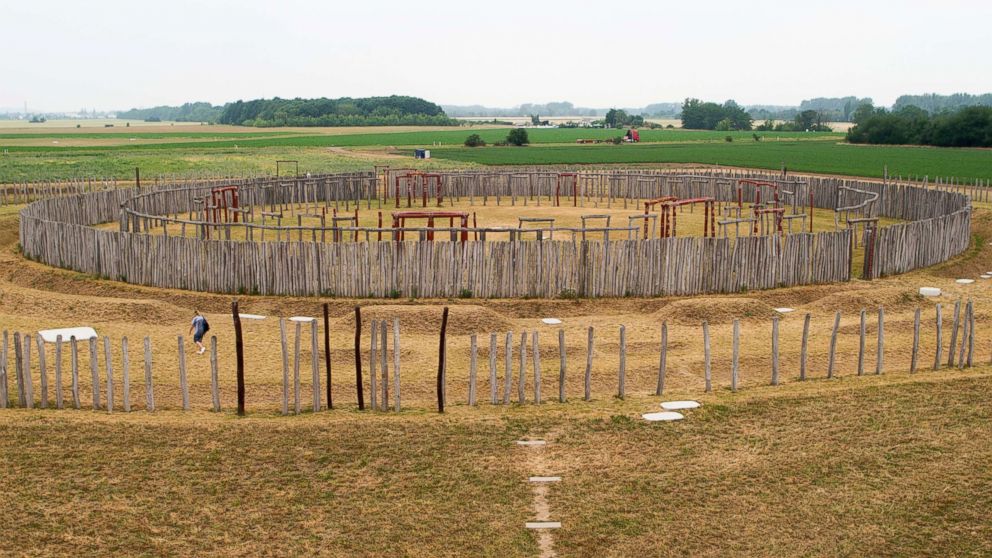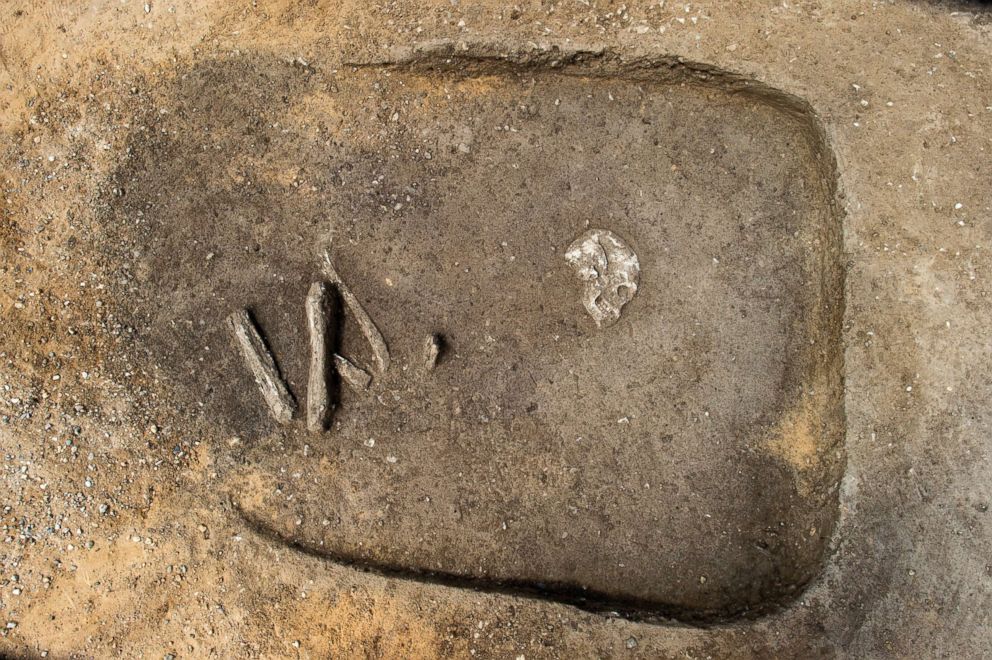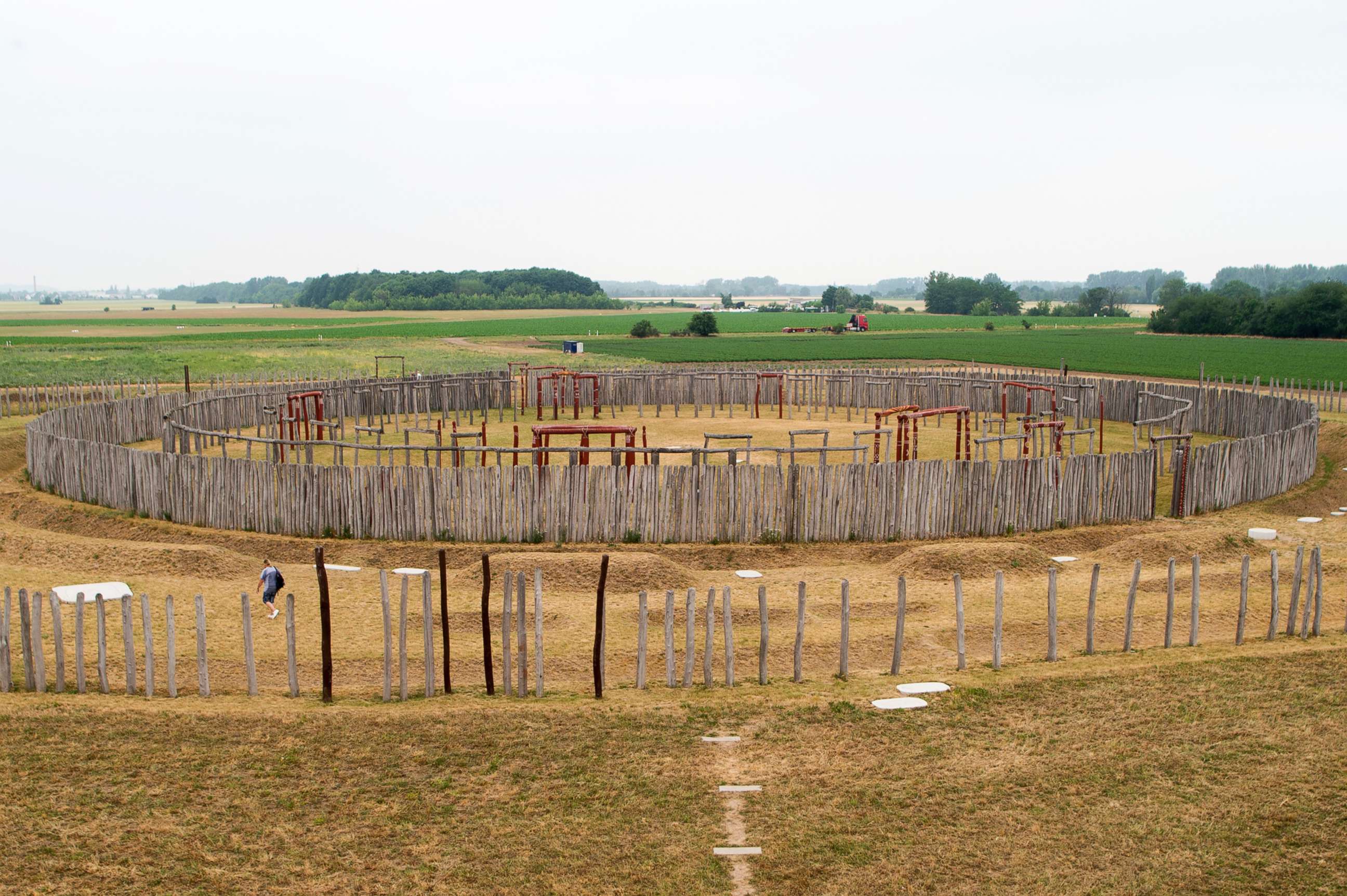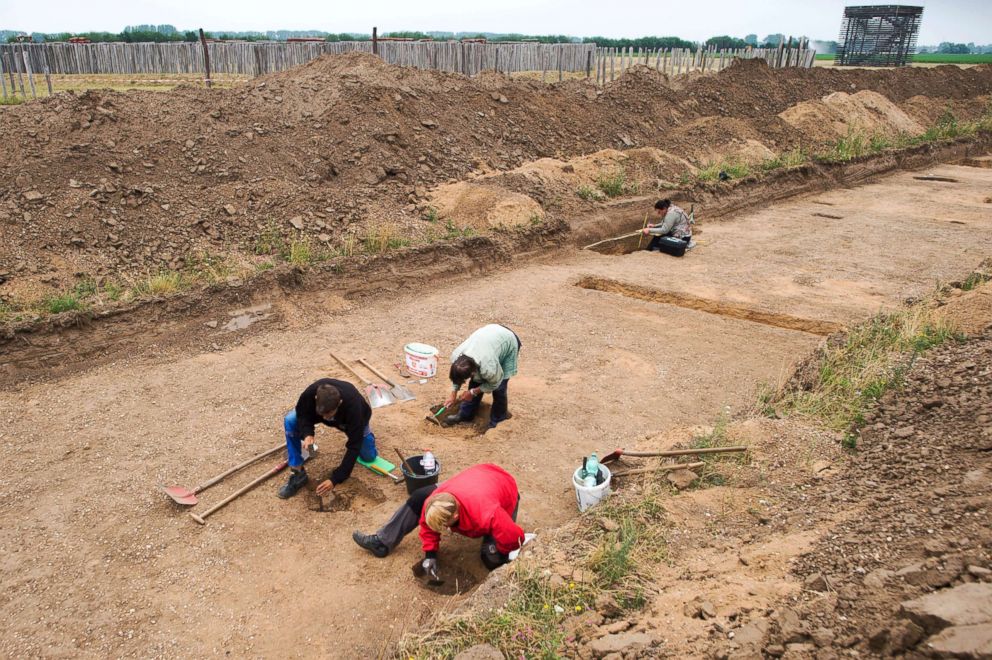Dismembered bodies of women and children found at 'German Stonehenge'
A burial site offers new evidence that humans were used in Neolithic rituals

BERLIN -- Each year hundreds of thousands of people visit England’s ancient monument Stonehenge, a sanctuary of large stones arranged in a circle, built around 2500 B.C.
Around the same time in the Neolithic period, in 2320 B.C., another circular henge was built in Germany, near the present-day town of Poemmelte, from wood and lined with 29 shaft-like pits.
The "German Stonehenge" was a gathering place for community events and rituals, according to archaeologists -- including human sacrifices.
The monument was likely the site of human sacrifices, primarily women and children, according to research published in the academic journal Antiquity in June. The skeletons of women and children were found in the pits, along with materials typically used in rituals such as fragments of drinking vessels and cattle bones.

The fact that the remains of seven people were found alongside ritual paraphernalia suggests that they were part of ceremonial sacrifices.
"This was not a formal burial as we know them from this period," lead researcher André Spatzier of the State Office for Cultural Heritage Baden-Württemberg told ABC news. "They looked like they had been thrown in."
The evidence of human ritual sacrifice makes the site unique, separating it from Stonehenge, where there is no conclusive evidence of such sacrifices.
Archaeologists also found body parts like arms, legs and heads, Spatzier said.
Most of the children and juveniles involved in what the researchers described as "deviant burials" were between the ages of 3 and 17. The skeleton of a woman around 40 years old was also found, Spatzier said.

The Poemmelte site is one of several circular henges found in central Europe, in countries such as Spain and Portugal.

The authors of the research said that Poemmelte is the first Central European monumental complex of "primarily sacred importance" to be excavated and studied in detail.




